ARTIGO
Divertículo Epifrênico e as Complicaçōes Pós-operatórias em Ressecções: Relato de Caso
Autores: Giovanna Cassetti Pedotti<br />
Tadeu Ferreira Soares
Palavras-chave: esôfago, divertículo, fístula, esophagus, diverticulum, fistula.
Resumo: Os divertículos epifrênicos ocorrem no terço distal do esôfago, próximo ao diafragma, tipicamente entre 4-10 cm acima da cárdia1,2,3, e sua patogênese é considerada secundária a distúrbios de motilidade esofágica e está associada à fraqueza congênita da parede esofágica. Neste trabalho, foi relatado um caso de uma paciente que foi submetida a uma ressecção de um divertículo epifrênico por via laparoscópica e evoluiu com uma fístula esofágica. Várias medidas foram adotadas para a resolução dessa complicação. Isso acabou evoluindo para um encarceramento pulmonar à direita com a necessidade de decorticação pulmonar e de drenagem de tórax. Para complementar o tratamento, foi introduzida, por via endoscópica, uma prótese esofágica com o objetivo de fechar essa fístula. Após 4 semanas, a prótese foi removida, e, no exame de seriografia do esôfago, foi observada a manutenção da fístula; dessa forma, a equipe médica optou pela abordagem cirúrgica aberta por via abdominal e obteve sucesso com o fechamento definitivo da fístula. A paciente apresentou uma melhora significativa com aceitação adequada da dieta e sem quadros...
Título em Inglês: EPIPHRENIC DIVERTICULA AND POSTOPERATIVE COMPLICATIONS IN RESSECTIONS. CASE REPORT
Resumo em Inglês: Epiphrenic diverticula occur in the distal third of theesophagus, close to the diaphragm, typically between 4-10cm above the cardia1,2,3, and their pathogenesis isconsidered secondary to esophageal motility disorders andis associated with congenital weakness of the esophagealwall. In this work, a case of a patient who underwentlaparoscopic resection of an epiphrenic diverticulum andevolved with an esophageal fistula was reported. Severalmeasures were adopted to resolve this complication. Itended up evolving with lung entrapment on the right,requiring lung decortication and chest drainage. Tocomplement the treatment, an esophageal prosthesis wasintroduced endoscopically to close this fistula. After 4 weeks,the prosthesis was removed, and the esophageal serigraphyshowed that the fistula was still maintained. Thus, the medicalteam opted for an open surgical approach through theabdomen and was successful in definitively closing the fistula.The patient showed a significant improvement with properacceptance of the diet and no infectious conditions.
DOI: https://doi.org/10.63080/amhe.v1n1.p23-32
Acessar PDF do Artigo

